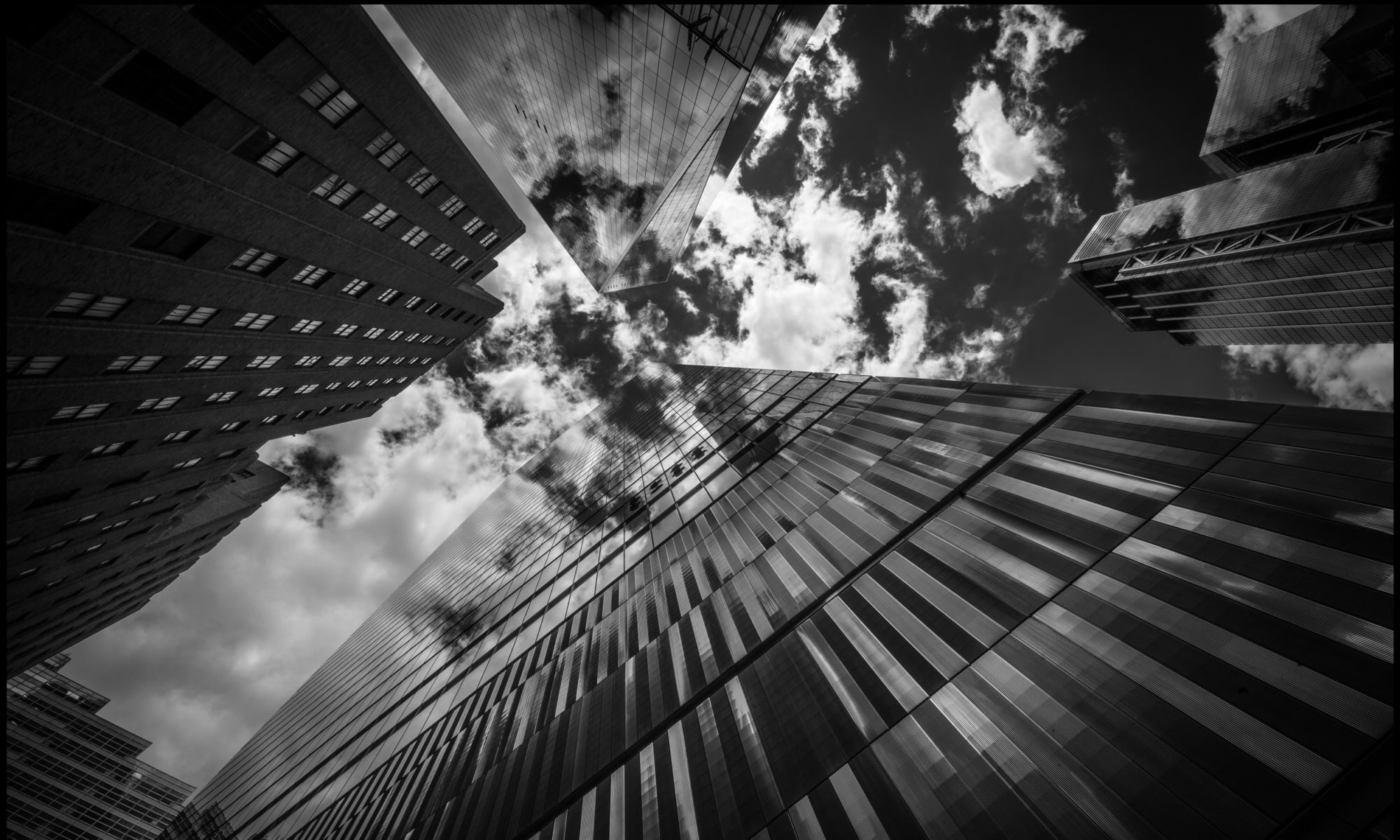Zen and the art of photography
Think of the photo essay as a communique. A photo essay is series of photographs with a common linear thread, theme or purpose. They can be simply pictorial, or informative, instructive, entertaining, or all of the above. In a sense the photo essay is a series of photos that demonstrates one concise thought.
Good elements of a photo essay are:
- It tells a story.
- It informs the viewer.
- It shows emotion, passion, or action.
- It offers a different perspective on an event, place, person(s), or a concept.
- It captures a moment or documents a place in time.
- And last but not least its pleasing to look at.
Editing is just as important as the photographs themselves in an essay. Use with awareness the visual lexicon you are used to as we are surrounded with visual stories. Transitions are key. Think of the transitions in movies; traditionally a “cut” within a scene and a “fade” scene to scene. Find photos that lead to one another or use transitional photos to bridge the gap. Think of the great photo essays of the National Geographic magazine, many times beginning with an overview photo and then leading the viewers deeper and deeper into the story. In literature notice consistent use of visual imagery, note the author’s transitional technique.
Tell a visual narrative. Set the scene with a very clear beginning, middle, and end. The last photo may be the most important. Try to end with a logical and effective conclusion. Practice and feel your own uniform style. For a consistent look and feel use consistent settings and qualities, for example use the same ISO throughout, all color photos or all black and white photos, or all photos toned or altered in the same way. Be mindful of horizontal and vertical shots, or high key and low key shots as these may flow better in groups. Watch and document the natural transitions of a day, or night. Compose with color light, shadow, and time. Change lenses and viewpoint often to find these opportunities. Cover your subject well. Give yourself plenty of material to work with in editing. Don’t forget the all important overview shot, then move in for the details and supporting photographs.
Know your subject, do some research if possible. Notice the human component. Photograph something that means something to you. Empathy is a very engaging and noticeable element in a photo essay. Give yourself time to get inside, connect, and even find passion for your subject, let it come to you. If possible spend several days working on one essay.
Finally in editing; limit your presentation and cut the fat. Leave your audience wanting more.
Remember the rules are more like guidelines, break them with intention, and stay flexible. Keep in mind the old photojournalist’s adage “5.6 and be there” , it may be more important to get the shot than to overwork the technical considerations, especially within an essay.
